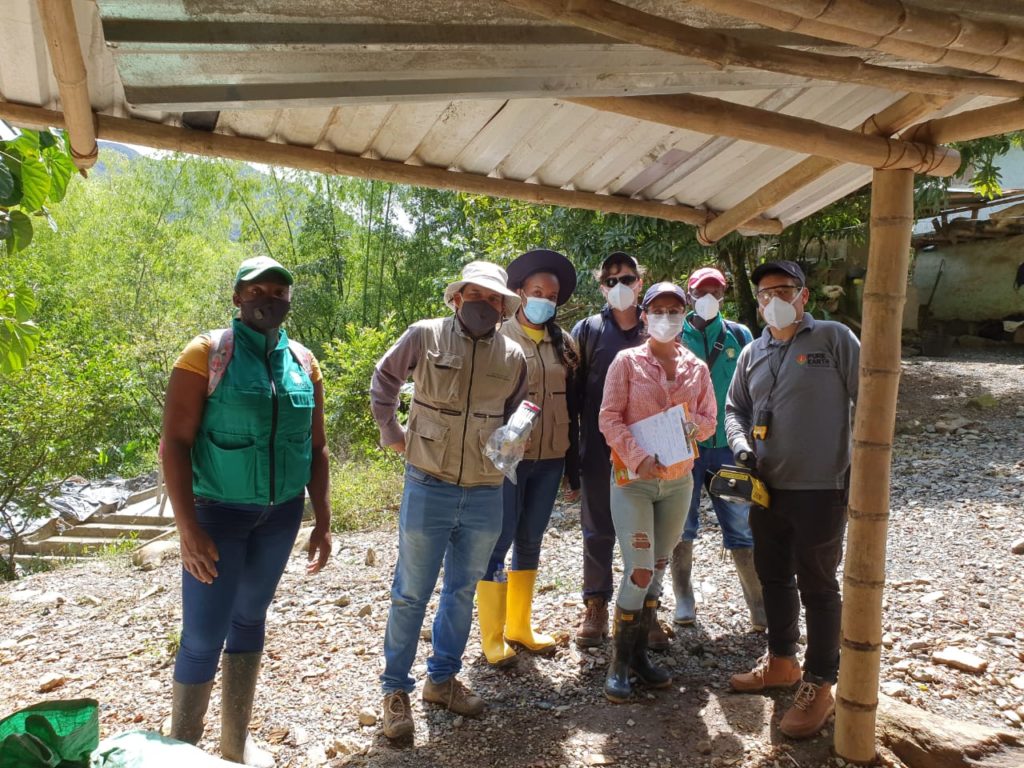
Pure Earth toxic site investigators at a gold mining site in Colombia.
When Pure Earth investigators visited a gold ore processing plant in the Colombian town of Remedios, they found dangerous levels of mercury in the air. This plant was nestled in an urban area, alongside a school, market, and church, endangering about 3,000 people.
Located in the Department of Antioquia, Remedios is one of the municipalities with the highest gold production in the region. It faces challenges in terms of the formalization and regulation of artisanal and small-scale gold mining (ASGM), in which miners use mercury to pull the gold out of the ore and then burn off the amalgam to purify the gold. During the process, miners and their communities are affected by inhaling mercury vapor, which accumulates in the body and damages the brain, nervous system, and kidneys. There was an urgent need to raise awareness about the toxic impacts of mercury contamination in the community.
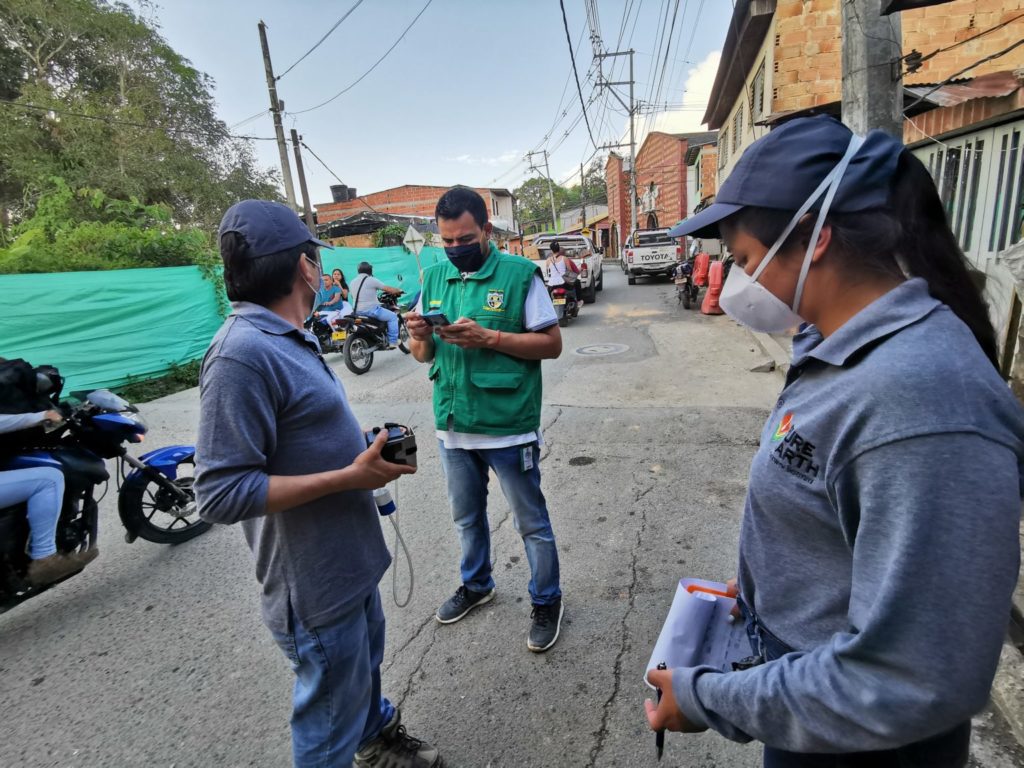
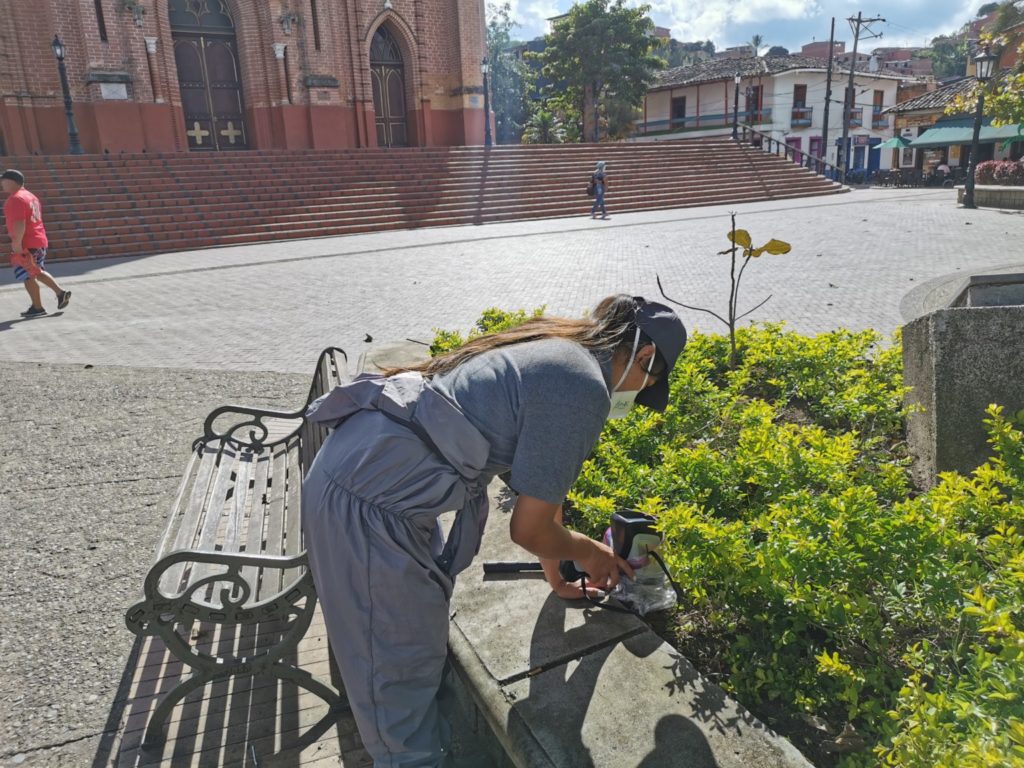
While the gold mining sector is biggest in Antioquia, mercury is a national and global problem. Once released, mercury travels, settling in soil and waterways across the country and the world, where it contaminates seafood we all consume.
In 2018, UN Environment reported that 38% of mercury emissions globally originate from ASGM. Colombia suffers among the worst mercury pollution in the world, releasing between 50 to 100 tons into the environment every year, according to estimates made by the Colombian government.
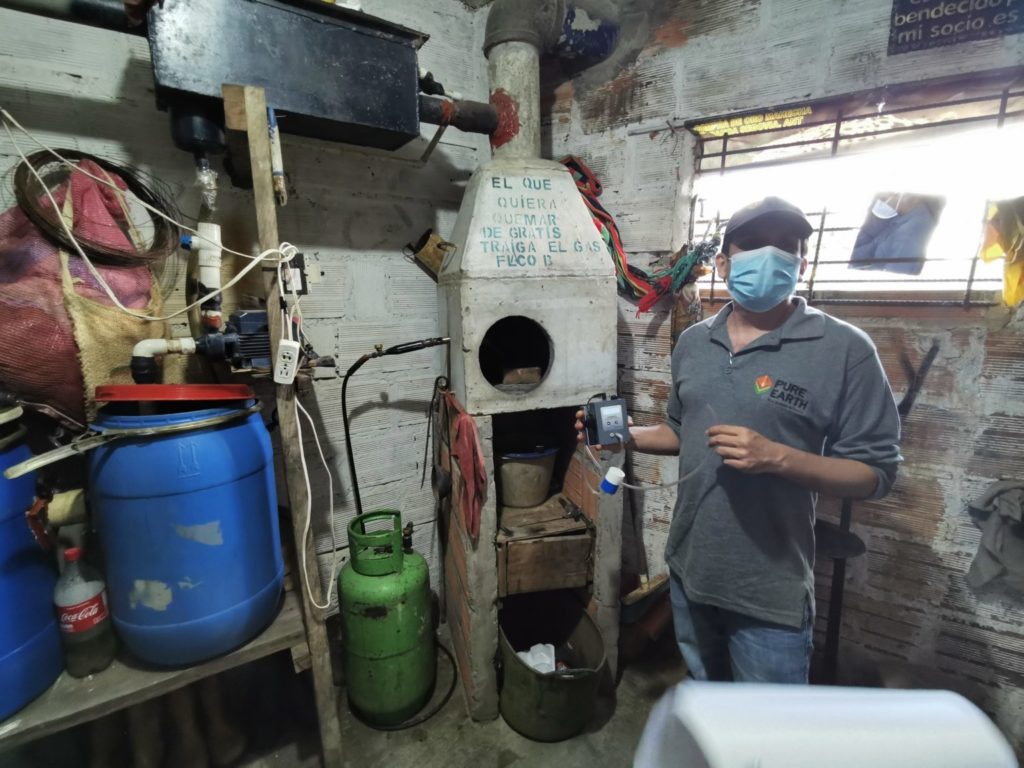
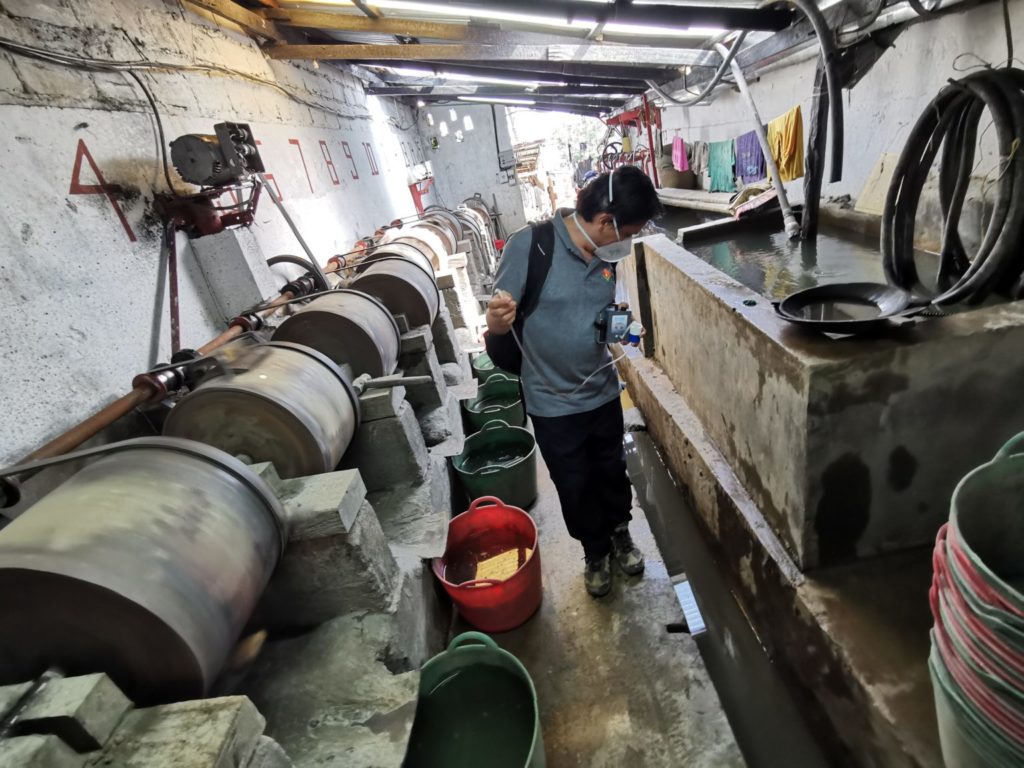
In 2020, the planetGOLD Colombia project commissioned Pure Earth to investigate the worst toxic mercury sites in Colombia. PlanetGOLD Colombia is a GEF initiative, implemented by the United Nations Development Programme (UNDP), and executed by Colombian Ministry of Mines and Energy, with the support of the Ministries of Environment and Health. The aim is removing 20 tonnes of mercury from the environment and avoiding its use in mining in the next years.
A global leader in toxic site assessment, Pure Earth is in the process of investigating 30 contaminated areas and 30 tailings (mining waste) piles, spanning 14 municipalities and four departments across the country.
Identifying contaminated sites deepens our knowledge of the local environmental conditions, helps us locate the areas of greatest risk, and plan responsible management. It is the first step in implementing interventions where they are most needed.
In the past, Pure Earth’s Toxic Sites Identification Program (TSIP) has focused mostly on pollution in soil. This works well for contaminants like lead and pesticides, but for mercury it’s just one piece of the puzzle. Like the Roman god from which it takes its name, mercury is elusive and flighty. It can leach into soil, evaporate into the air, or jump into waterways, where it bioaccumulates in fish.
That’s why Colombia Director Alfonso Rodriguez and Pure Earth technical experts Gordon Binkhorst and John Keith developed an ASGM mercury contamination index.
New Mercury Index Could Have Global Reach
The mercury contamination index is a formula that quantifies and ranks the health risk of a contaminated site. Like the Blacksmith Index, which Pure Earth developed over a decade ago, the mercury index analyzes soil, water, and population demographics, including the number of pregnant women and children under 12 exposed. The new index also considers factors unique to mercury, like the amount of vapor inhaled and whether the mercury amalgam was burned indoors.
Because ASGM is the largest source of mercury pollution in the world, the new index could serve as a tool for governments to prioritize and remediate mercury sites across the world.
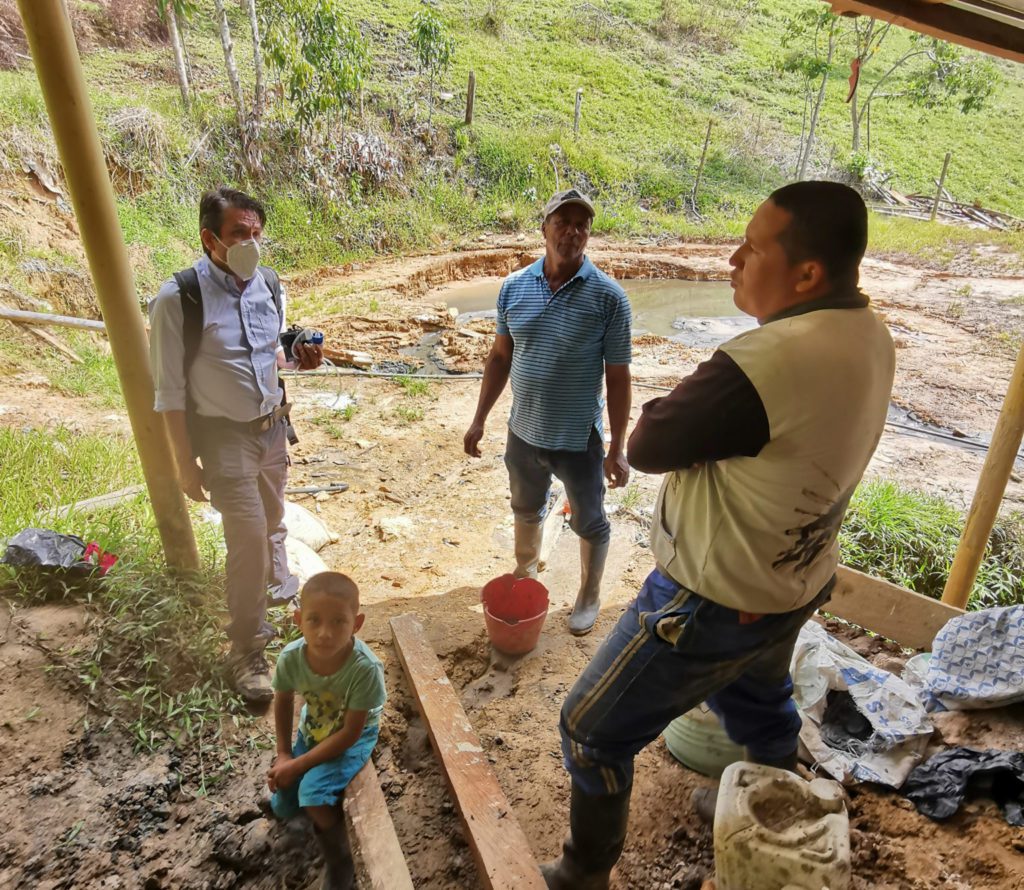
The new index wasn’t the only adjustment made by the Pure Earth Colombia team for the site visits. To prevent the spread of COVID-19, investigators followed strict safety guidelines, including passing a negative test within two days of travel.
Then there was the challenge of security. While most informal miners are peaceful, marginalized people just trying to survive, about half of illegal gold mining in Colombia is controlled by criminal groups. To avoid conflicts and gain trust, Pure Earth received advanced permission from miners and community leaders always accompanied investigators during site visits.
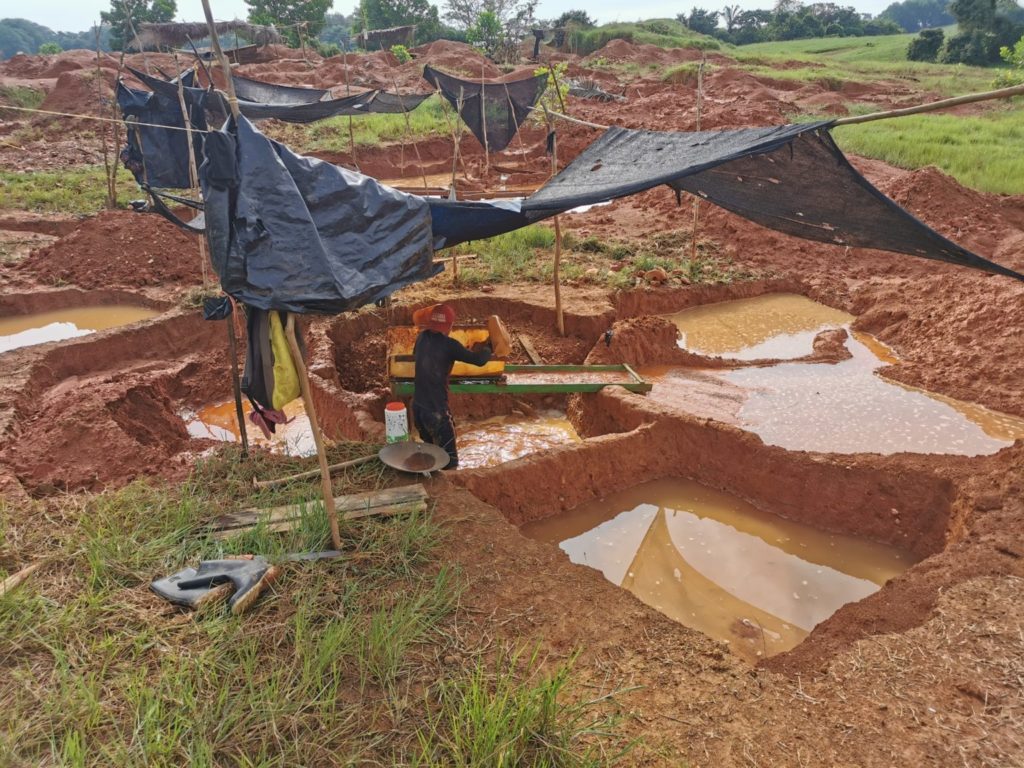
Applying this protocol and the new mercury index, the Pure Earth Colombia team has been taking soil, air, and water laboratory samples at dozens of sites across the country that pose risks as severe for local populations as the gold plant in Remedios.
While the situation may seem bleak, establishing an environmental baseline is a crucial step to helping governments and agencies clean up high-risk sites. In fact, Pure Earth is already working hard to apply the best mercury remediation strategies, from innovating technologies to remove mercury from tailings in Colombia to restoring degraded tropical forests in Peru.
When combined with other important initiatives, like formalization of the ASGM sector and market-based incentivizes for cleaner mining methods, environmental assessment and remediation can go a long way to putting the country on the road towards a mercury-free Colombia.
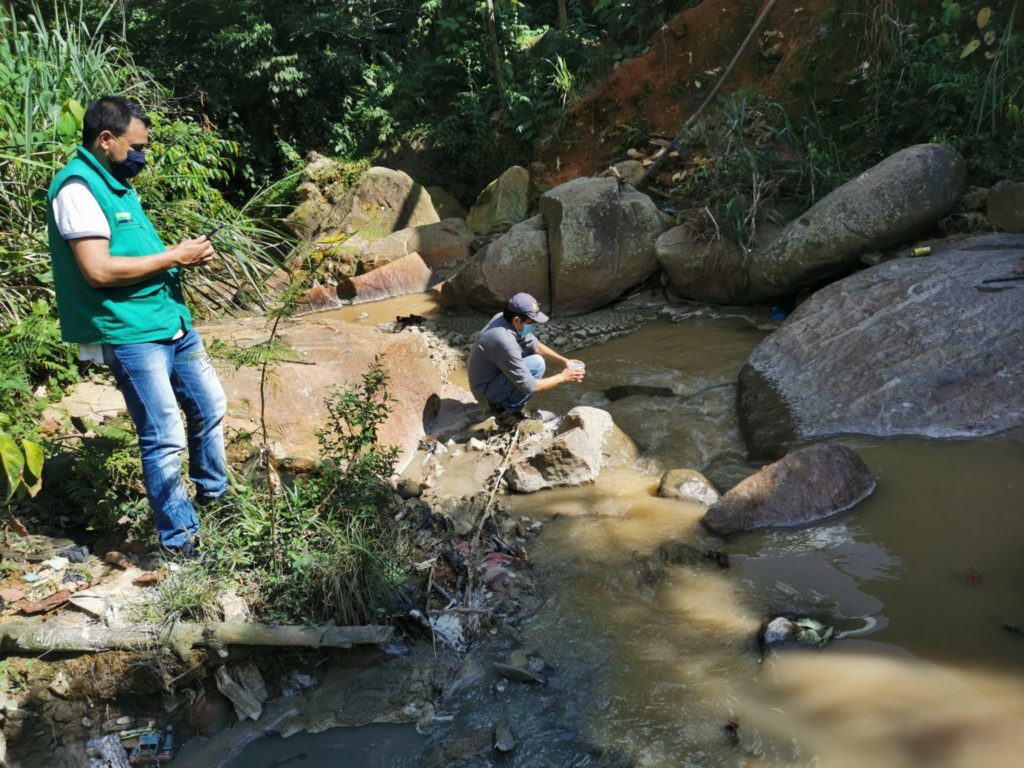
This story is by Charles Espinosa, Pure Earth’s Latin America Program Officer





